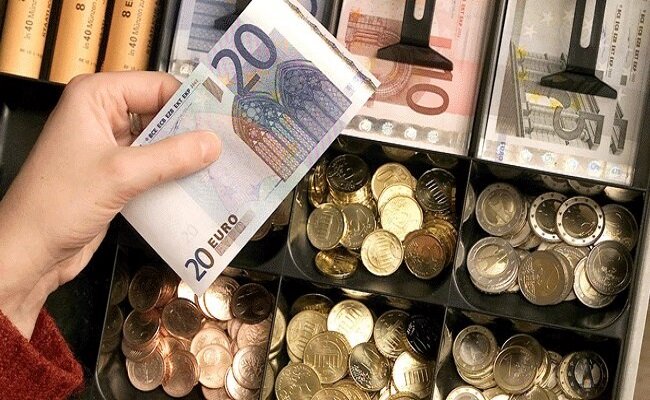What does the fall of the euro mean for the European Central Bank?

reported by Mehr News Agency Donald Trump’s victory in the US elections strengthened the prospect of increasing trade tariffs, which could deal a new blow to the Eurozone economy.
The euro, now worth around $1.05, has fallen 6 percent from its more than a year high in September when a weak economic outlook halted it. Euro-dollar is the most actively traded currency pair in the world.
Here’s a Reuters look at what’s driving the euro down and what could happen next for the currency:
Can the euro reach one dollar?
It is possible. This parity would only require another 5% decline, and the euro has already traded below this level, once in the early 2000s and again for a few months in 2022, when interest rates in the US were rising faster than those in the eurozone. , because Europe was struggling with the increase in energy prices caused by the war in Ukraine.
For traders, the dollar sign is a key psychological level. Therefore, falling lower than here can intensify the negative sentiments of the euro and lead to a further decrease in its value.
Big banks including J P Morgan and Deutsche Bank believe that parity reduction is possible depending on the level of tariffs. to happen Tax cuts could also boost US inflation and limit Federal Reserve rate cuts, making the dollar potentially more attractive than the euro.
What does the decline of the euro mean for businesses and households?
A weak currency usually increases the cost of imports. This can lead to an increase in the price of food, energy and raw materials and intensify inflation.
Inflation has declined rapidly since two years ago, when the inflation rate reached double digits, so the impact on prices from a weak currency should not be a big concern for now. Most economists have predicted that inflation will return to its 2 percent target next year, after some fluctuations at the end of 2024.
On the contrary, a falling euro makes exports cheaper, which is good news for European carmakers, industries and luxury retailers, and for individuals or investors with income abroad. This news is especially positive for Germany. The economy of this country, which was considered as the export engine of Europe for a long time, has been damaged due to the unrest in the economic situation in China.
Is the euro the only bearish currency?
Many of the currencies of America’s main trading partners have been heavily affected by tariff concerns over the past 6 weeks. The euro lost more than 4.5 percent of its value, while the Mexican peso lost 6 percent and the won won. Korea has decreased by 5.4%. The euro actually gained 6% during Trump’s last term, but fell nearly 6% in the six weeks after the 2016 results were announced, before recovering. The Japanese yen has not been unlucky in this era. This currency has decreased by almost 10% against the dollar this year. The euro has decreased by less than half.
How severe is the deterioration?
Not everyone has a bearish long-term view of the euro. Many banks see parity as possible, but not necessarily sure or likely. A faster interest rate cut by the European Central Bank than the US would be negative for the euro, but the upside is that interest rate cuts could also support the euro by boosting the outlook for economic growth in the long term. The euro zone economy grew by 0.4% in the third quarter compared to the previous three months, which was faster than the existing forecasts and positive for the euro. A collapse of the German government, potentially paving the way for growth-enhancing spending by the next government, could also support euro growth.
What does the collapse of the euro mean for the European Central Bank?
The European Central Bank is in better shape than it was the last time the euro weakened sharply. This happened in 2022 when inflation was rising, so the fall of the euro below $1 increased the pressure on the central bank to raise rates. Now, however, inflation is decreasing.
There are other reasons why a fall to $1 won’t be a big concern for the European Central Bank. The European Central Bank pays more attention to the performance of the Euro against a basket of currencies of the main trading partners of the Eurozone. If you look at the matter from this angle, the euro does not look so weak. The trading euro has fallen less than 1% in the past week, well above the level seen in 2022.
Economists also note that the move from currency fluctuations to inflation is relatively small, so a weak euro should not stop rate cuts for now.


